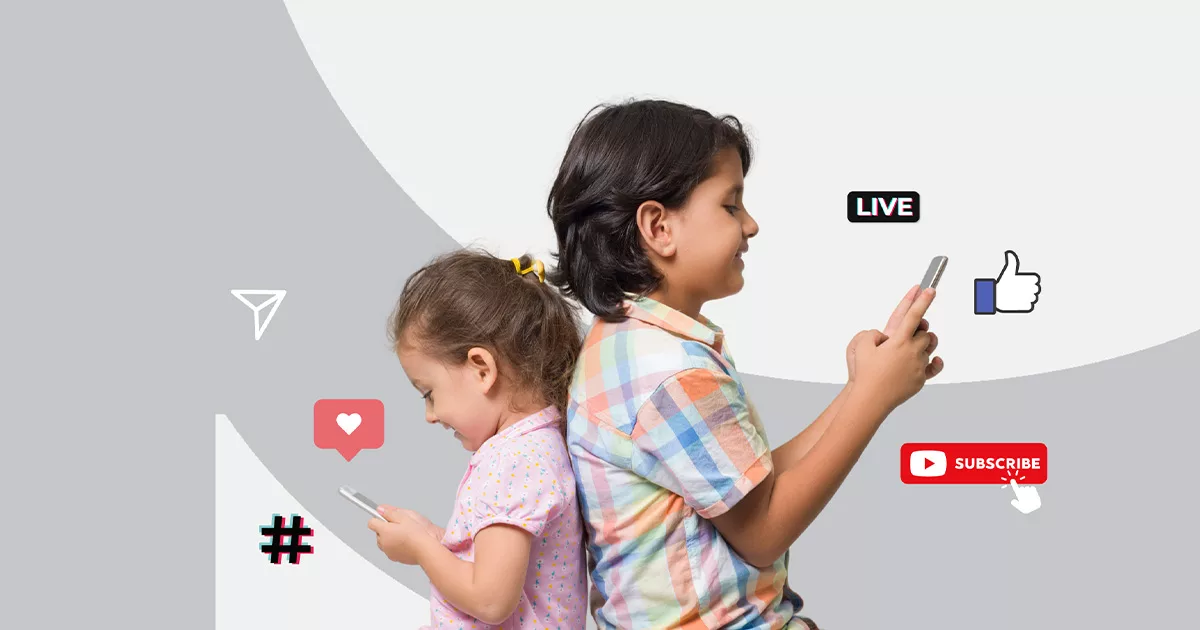By Stefan Pollack
When marketing to Generation Alpha (those born in or after 2010), brands and marketers must remember that this generation is unlike any other.
The difference between Gen Z and Alpha is that this younger generation has grown up, from toddler age, with technology at their fingertips. They are far more focused on the visual and interactive online experience at an earlier age than Gen Z was. Some are already brand and popular cultural influencers at such young ages, making “noise” on social media. Consider 11-year-old Ryan Kaji, a toy reviewer on YouTube, who reportedly earned $29.5 million in 2019, and Anastasia Radzinskaya, known as Nastya, who has over 100 million subscribers on YouTube.
At 2 billion, reports show that Gen Alpha will be the largest generation by 2025. As a result, this group is expected to significantly influence purchasing decisions, with parents often turning to their children for guidance on what products to buy.
Here are four key takeaways for brands and marketers looking to connect with Generation Alpha:
• Embrace the power of visual and interactive content: Traditional forms of advertising, such as print ads and television commercials, may be less effective in capturing the attention of this group since Generation Alpha has grown up primarily exposed to digital mediums such as smartphones, tablets and computers. This exposure has led to a preference for visual and interactive content, as it is more engaging and immersive for them. In addition, Gen Alpha has grown up in a world where they have access to a vast amount of information and content at their fingertips, making them less likely to pay attention to traditional forms of advertising that they may perceive as interruptive or irrelevant. Instead, they are more likely to be engaged by interactive, personalized content that allows them to participate in the experience. Brands and companies should create visual and interactive content that aligns with their target audience’s preferences and behaviors.
• Prioritize authenticity: Consumers have access to a lot of information and choices, and if a brand does not align with their values or does not act authentically, it will be easy for them to switch to another brand.
• Incorporate sustainability and social responsibility: Generation Alpha is socially and environmentally conscious. They are growing up in a world where climate change’s impacts are becoming more evident. Gen Alpha is more likely to prioritize brands that align with their values and positively impact the environment.
• Utilize influencer marketing and gamification: Influencer marketing can be a powerful tool for reaching and engaging Generation Alpha, as they are highly influenced by the opinions and recommendations of their peers.

Take a look at some examples of brands that have effectively adopted these strategies:
• Lego: Lego is an example of a brand that effectively uses visually appealing and interactive content to target Gen Alpha. The brand has created a strong presence on social media platforms such as Instagram and YouTube by sharing engaging and interactive content that aligns with the interests of its target audience. Lego has also created several interactive games and activities on its website, such as Lego Life, a social media platform where children can share their own Lego creations, get inspiration from other children, and participate in challenges and competitions. The platform allows children to engage with the brand in a fun and interactive way, and it also encourages them to share their creations with their peers, increasing brand awareness and loyalty.
• Patagonia: This outdoor clothing and gear company has prioritized sustainability and social responsibility in its marketing efforts by highlighting the environmental impact of its products and supporting environmental causes. They frequently use visually appealing and interactive content on their social media channels to showcase their products and highlight the outdoor lifestyle. One example is Patagonia’s “Worn Wear” campaign, which focuses on the durability and longevity of Patagonia’s products and encourages customers to repair and recycle their clothing rather than buy new items. In addition, the campaign features interactive elements such as product repair videos and a “Worn Wear” store where customers can buy and sell used Patagonia products.
• Glossier: This skin care brand has utilized influencer marketing to reach and engage a vast array of generations. Glossier has a diverse range of micro-influencers with different skin tones, body types and backgrounds, which aligns with Gen Alpha’s interest in representation and inclusivity.
Ultimately, it’s all about understanding the unique characteristics and behaviors of Generation Alpha. It’s time for brands to ask themselves: Are we genuinely understanding and connecting with Generation Alpha? Remember, it’s not about what we want to say to them but instead what they want to hear from us.






